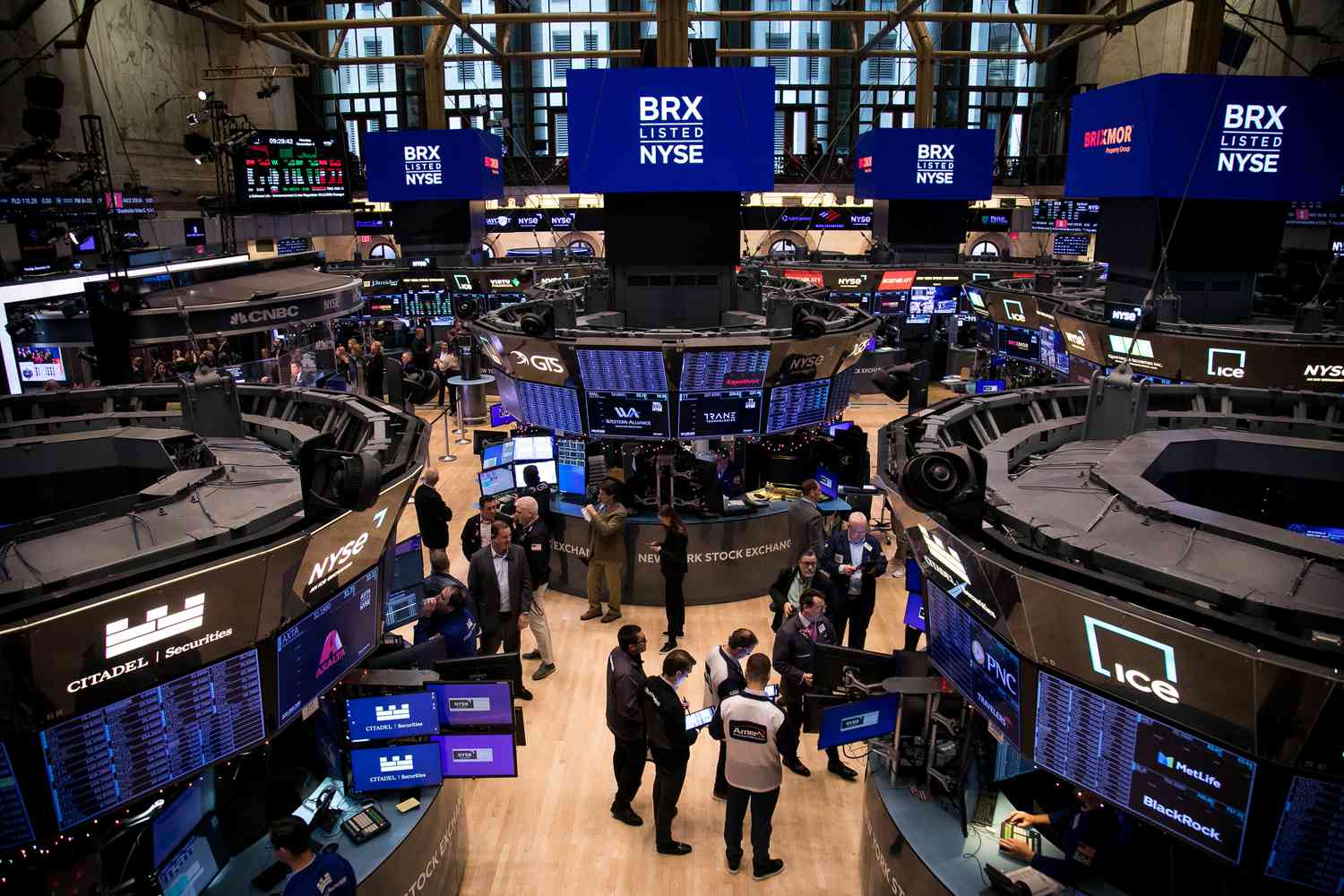
U.S. Job Growth Surpasses Expectations Amid Market Uncertainty
The latest labor market report from the United States has revealed a surprising addition of 272,000 jobs in May, significantly outpacing expectations set at 185,000. This robust figure, which beats April’s revised total of 165,000, may reignite discussions around Federal Reserve (Fed) policy as the economy attempts to recover from recent uncertainties.
Job growth figures signal a resilient economy.
Despite the good news on job growth, the unemployment rate edged up to 4.0%, slightly above the anticipated 3.9%. This rise in unemployment may be a key indicator regarding the broader health of the labor market and potential economic implications.
Amidst these developments, the price of bitcoin experienced a decline, dropping sharply from a two-month high of nearly $72,000 shortly after the job reports were made public. As of now, bitcoin is trading around $70,900, representing a 0.5% decrease in the past day. This dip comes at a time when many cryptocurrencies have seen rising values matching trends in risk assets, such as stocks.
Wage Growth Trends
Wages also showed notable growth, with average hourly earnings climbing 0.4% in May, surpassing the estimated 0.3%. Year-over-year, average earnings are up by 4.1%, which may further complicate the Fed’s decision-making process regarding interest rates moving forward.
Economic indicators are critical to understanding market trends.
For the last five weeks, interest rates have decreased, leading to a bullish sentiment among investors, translating into rising prices for risk assets, including stocks and cryptocurrencies. The trend saw the yield on the 10-year Treasury yield fall to 4.30%, down from a peak of 4.71% in late April, raising speculation that central banks might be shifting towards expansive monetary policies.
Global Economic Influences
Recent decisions by the European Central Bank and the Bank of Canada to cut benchmark interest rates might have affected investors’ perspectives on U.S. monetary policy. Before the job report, there was speculation of a 55% probability of an impending Fed rate cut by September, fueled by expectations of a slowdown in the economy.
However, today’s job numbers could shift this narrative as investors reassess the robustness of the labor market. Following the announcement, the 10-year Treasury yield rose by 12 basis points to reach 4.42%, and U.S. stock index futures point to a decidedly lower open.
Moreover, the U.S. dollar is up by 0.5%, while gold prices saw a decline exceeding 2%, indicative of the shifting dynamics in response to the labor report.
Analyzing the Data
Bloomberg’s Chief Economist, Anna Wong, provides an insightful perspective on the employment data, suggesting that the rise in the unemployment rate is a more critical factor than it appears. In her analysis, she stated:
“The government’s model for estimating business births and deaths, which added 231,000 jobs to the nonfarm payrolls in May, is lagging the reality of surging establishment closures and falling business formation. We believe the underlying pace of job gains is likely less than 100,000 per month.”
This cautionary view raises important questions about the sustainability of recent job growth and the actual health of the economy.
Market reactions are influenced by employment data.
Concluding Thoughts
The September Federal Reserve meeting will be closely watched as these recent employment figures may pivot the current sentiment regarding inflation and monetary policy shifts. The Bitcoin market, alongside other risk assets, will continue to respond dynamically to these economic indicators as investors navigate a complex landscape filled with opportunities and potential pitfalls. With strong economic data juxtaposed against concerns of underlying market weaknesses, the coming months will be critical for both traditional finance and cryptocurrency arenas.
In conclusion, while the strong jobs report offers a glimpse of economic vitality, the nuances behind the numbers warrant close examination as they could significantly influence the future strategies of investors and policymakers alike.














